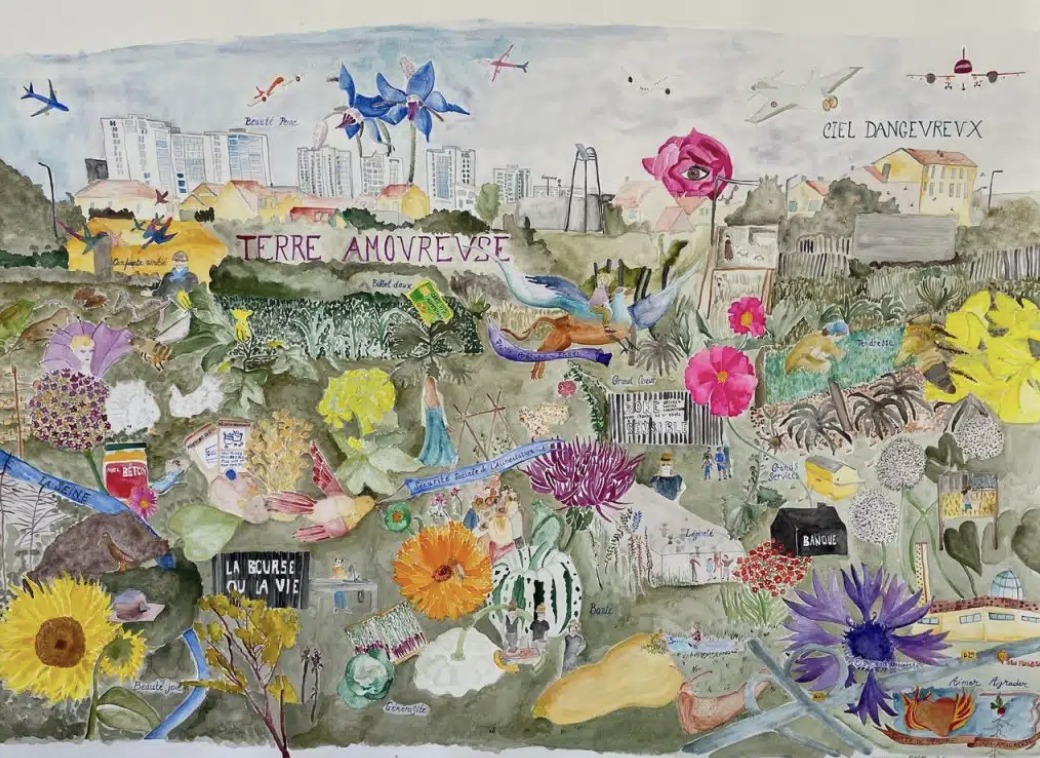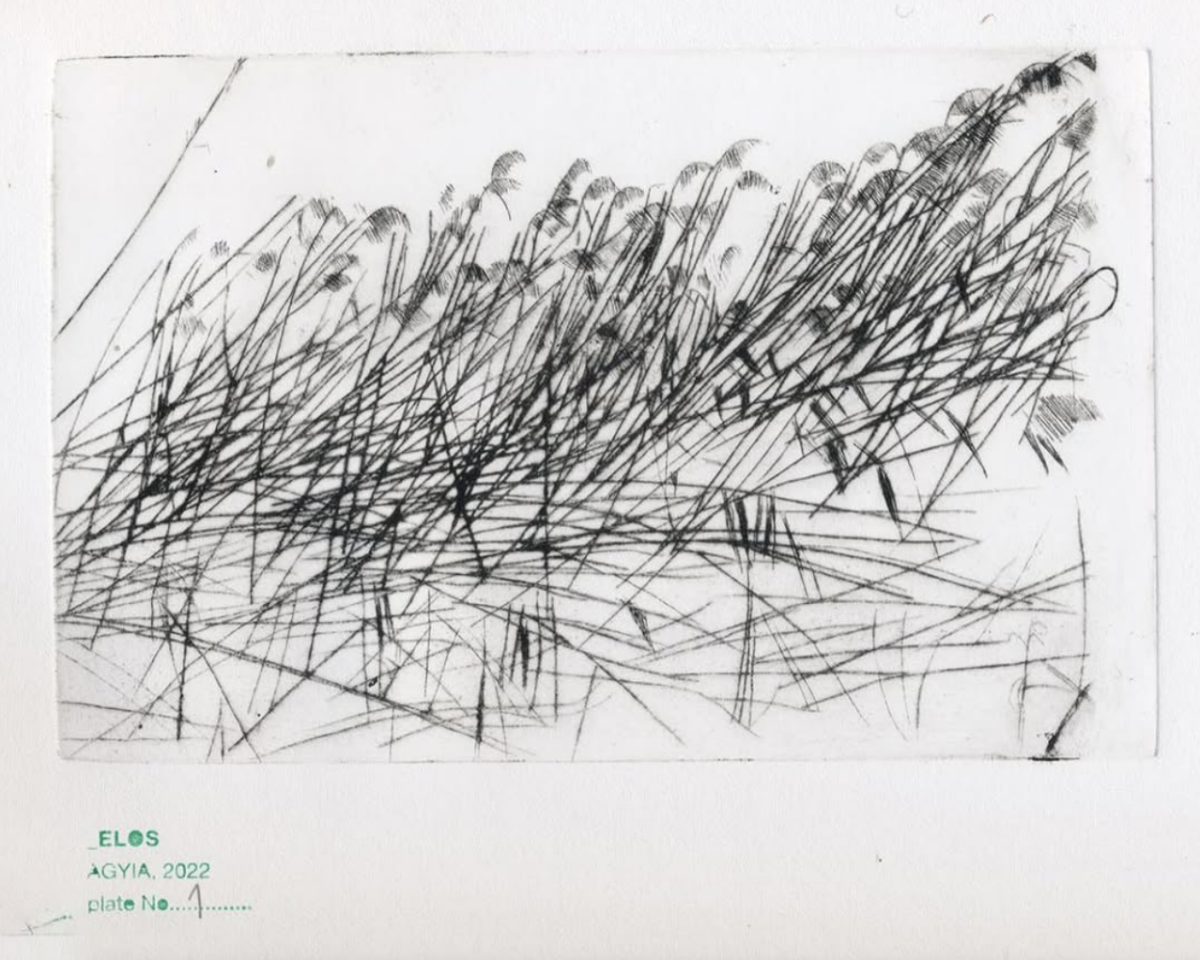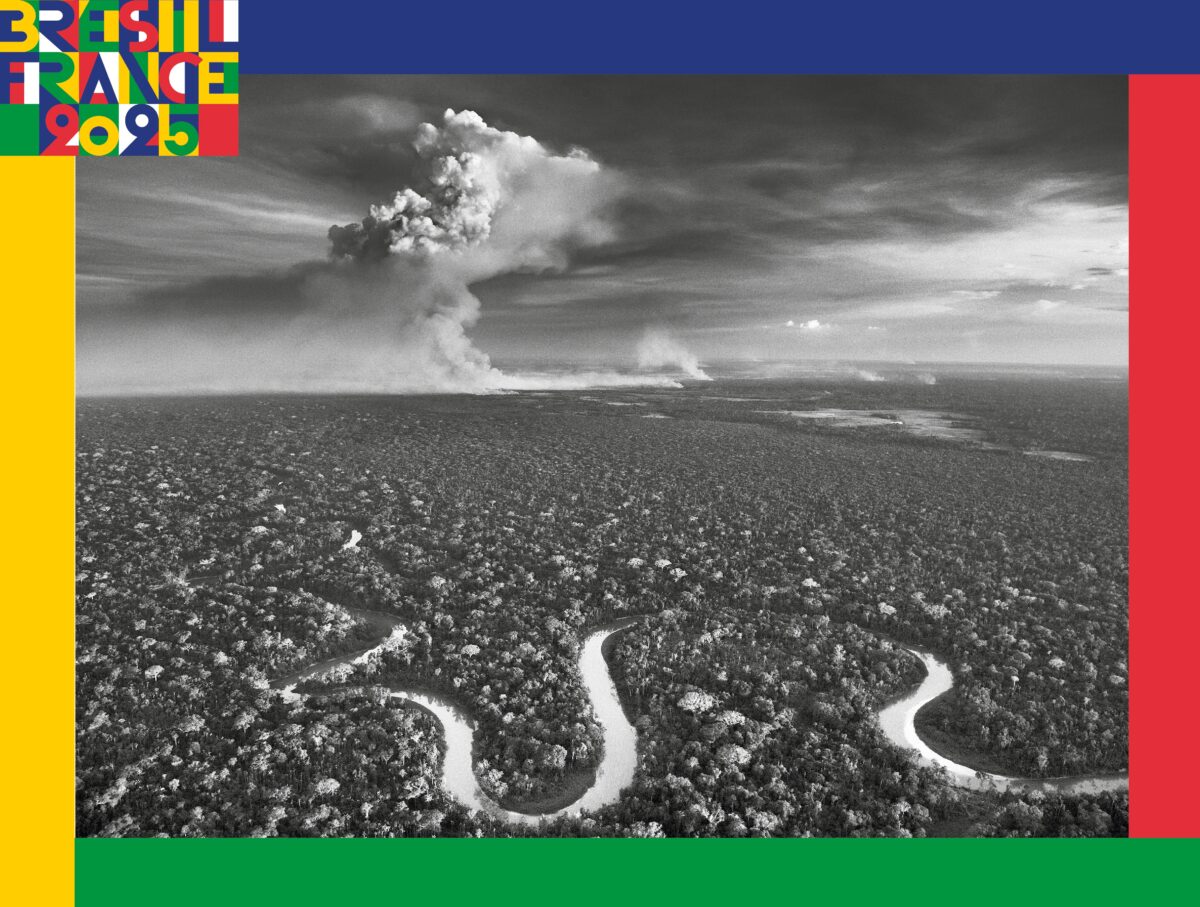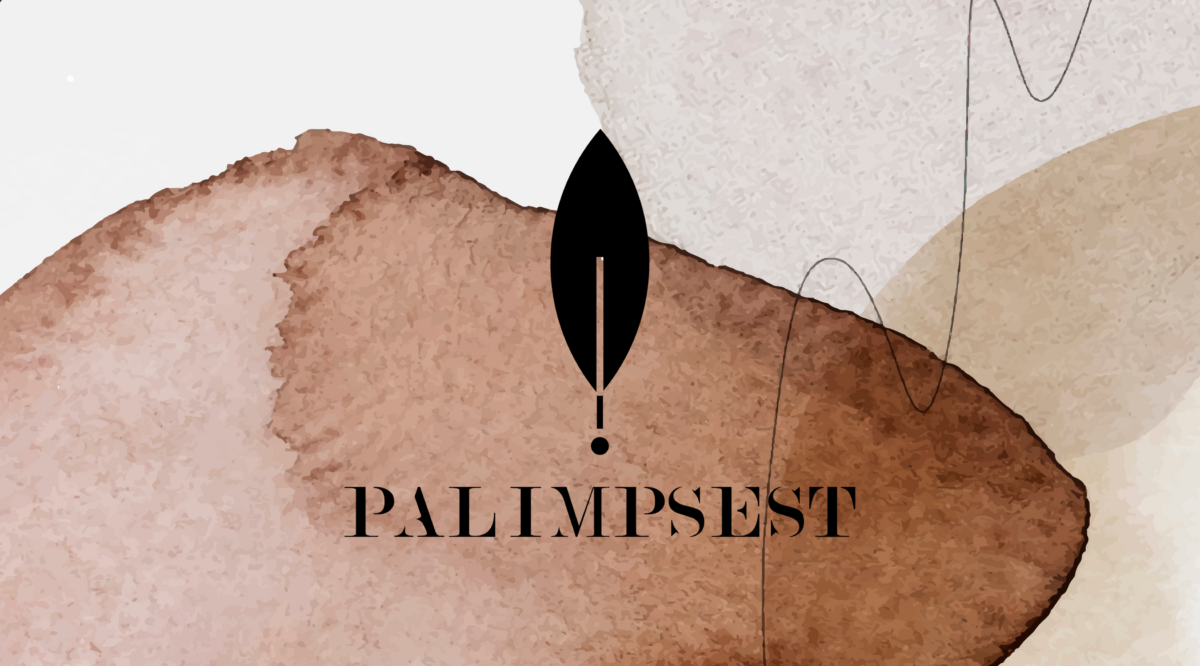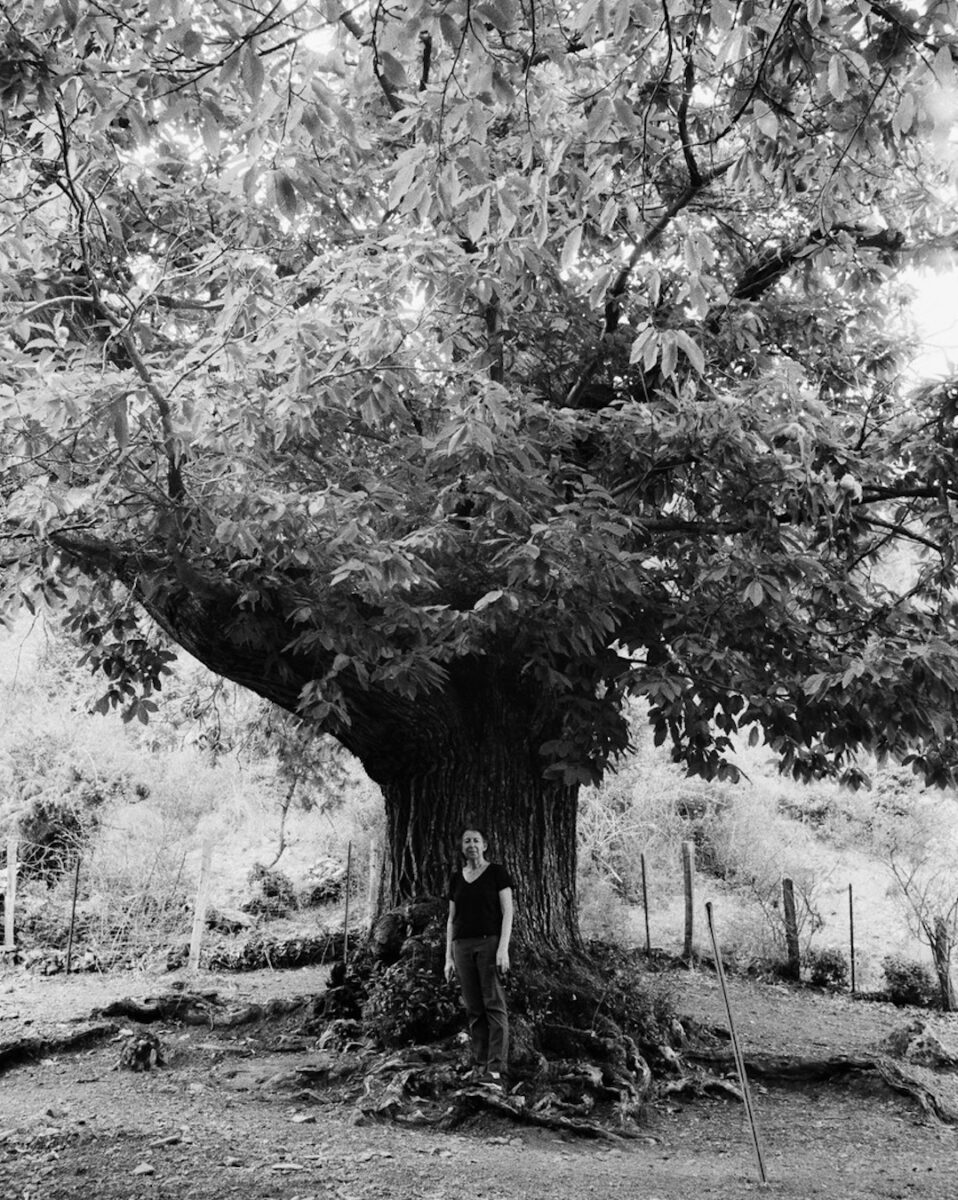
The “E Voce di u Castagnu” project
E Voce di u Castagnu – The Voices of the Chestnut Tree – is a research-action project focusing on Corsica’s…
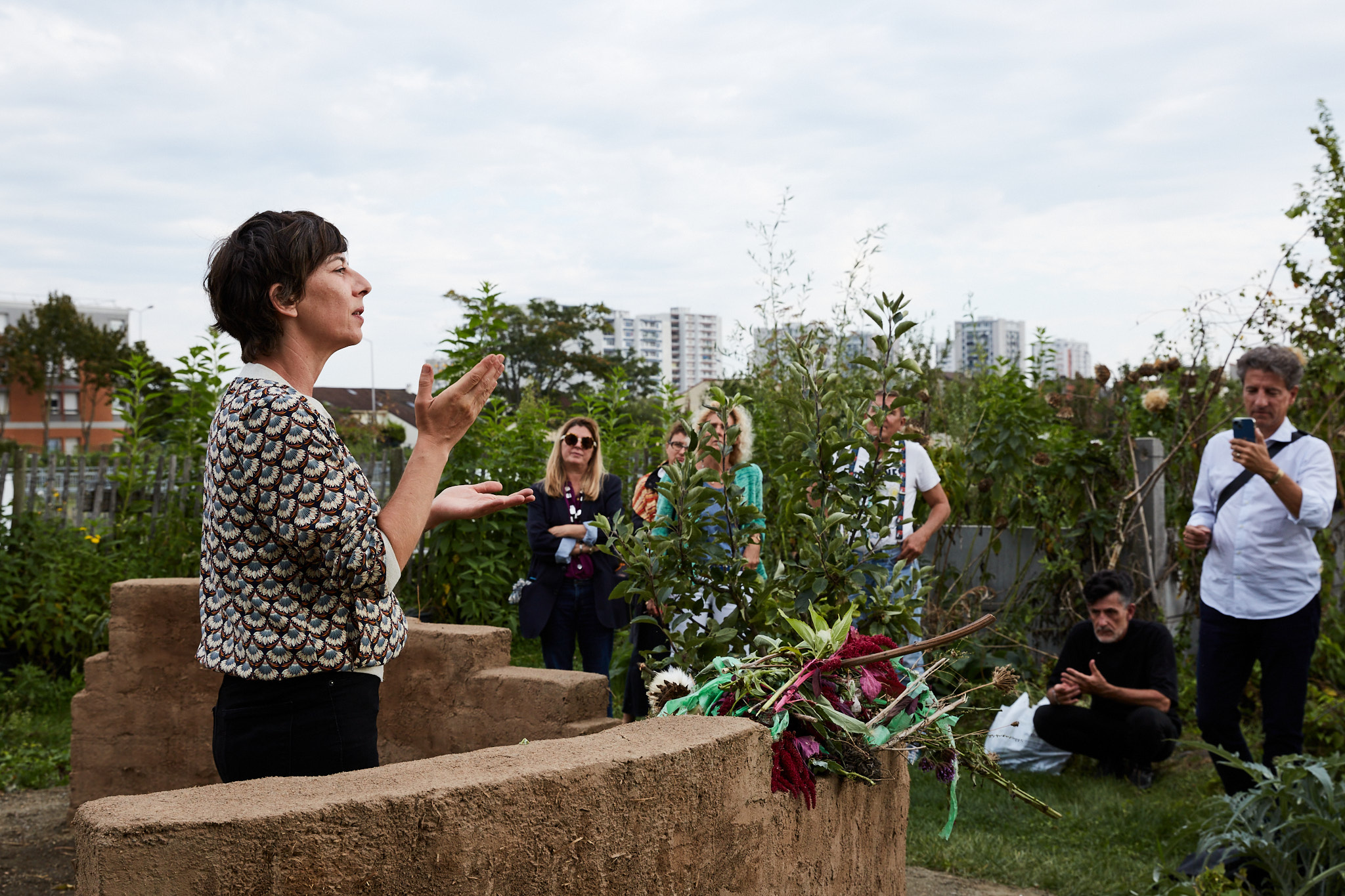
As part of the Transformative Territoriesprogram, teams of artists, scientists and citizens in the five spaces of our partners in Spain, Portugal, France, Greece and the Czech Republic carry out research-creations, including artistic residencies, based on local needs and possibilities.
Image credits: © Valerie Fossard
Published on 18 January 2025
By exploring territorial issues in a context of climate change and biodiversity erosion, the research-creation teams propose experiments and solutions for the future based on the emergence of Transformative Artistic Practices (PAT). These research-creations aim to produce situated knowledge and initiate sustainable actions in the host territories. As part of these research-creations, artists are hosted in residence within the structures of the 5 TT partners, in order to develop their practices, share them with scientists and present them to different audiences.
ARTISTIC RESIDENCIES – RESEARCH-CREATIONS IN SENSITIVE AREAS
STÉPHANIE SAGOT
Stéphanie Sagot has completed the first stage of her project to map tenderness and tension as part of Zone Sensible’s research-creation program, by creating a map of Tendre – Terre Amoureuse de Zone Sensible.
During her residency, Stéphanie Sagot explored the Zone Sensible space to highlight the richness and generosity of the committed and supportive practices that develop there, through the prism of Zone Sensible typography. In so doing, she pays tribute to this space, imbued with love and mutuality, located in a city facing social difficulties and the need to rethink its urban planning, right in the heart of intense automobile and air traffic.
Stéphanie Sagot’s artistic work links territories and emotions, as well as earth and tenderness. She seeks to document reality through a series of love stories anchored in specific places. These stories bear witness to the commitment of people who cultivate an aesthetic of care for all living things.
His project is inspired by an ancient meaning of the word “love”, which referred to fertile land around the year 1200. In 1805, the expression Terre amoureuse appeared in agriculture, to designate well-worked, fertile land, but disappeared from dictionaries in 1928, just as intensive agriculture was beginning to develop. For the artist, Terre amoureuse has become a concept for thinking about creation as a political ecology, evoking a world in transformation, fertile and shaped by emotions. Travelling, meeting and mapping thus become an invitation to open up to the world and establish meaningful relationships.
Stéphanie Sagot’s Carte de Tendre – Terre Amoureuse de Zone Sensible, developed with Enoki, was also inspired by their work in 2022-2023. Through a board game, they imagined renewed food practices in a post-supermarket world, encouraging a collective intelligence linking interspecific alliances and human solidarity, notably through the introduction of Social Food Security.
Stéphanie Sagot continues her project Cartographier Tendresses et Tensions (Mapping Tenderness and Tension) in residence at the second space of the Parti Poétique, Regains. In this second phase of the project, Stéphanie will explore the Camargue to map the tenderness and tensions that exist there, from medieval legends around Marie Madeleine’s journey to Saintes-Maries-de-la-Mer to the fragility of marine and saltwater ecosystems, as well as farmers’ practices and struggles.
CAROLINE LEMÉHAUTÉ
From January to September 2024, Caroline le Méhauté, winner of the Transformative Territories award in the COAL 2024 Prize, led an artistic residency at the Parti Poétique entitled Soigner la terre. She invited Saint-Denis residents to explore their relationship with the earth through participatory workshops, culminating in the creation of a sculpture in the form of a circular ruin.
In the course of this project, she questioned our relationship with the earth, seeking to understand how to care for what is buried and nourishes us. She studied the earth both as a building material and as an essential element of biodiversity, noting that it is home to a quarter of all living organisms.
Anchored in Saint-Denis, where soils bear witness to urban and agricultural transformations, this residency explored the possibility of integrating earth into contemporary architectural practices. Caroline le Méhauté worked in close collaboration with local residents, involving them in participatory workshops to share knowledge and build a collective work.
The culmination of this project is an experimental sculpture in the form of a circular ruin, erected in the Zone Sensible field. The bricks that make up the ruin contain plant seeds capable of depolluting the soil. When they come into contact with water, they disintegrate, releasing the seeds.
ARTMILL’S RESEARCH-CREATION RESIDENCIES
FUAD ALYMANI
Palestinian artist Fuad Alymani completed the first part of his residency in June, drawing inspiration from the more-than-human species surrounding the site to express his people’s aspiration for freedom. He spent his time in the gardens, drawing the surrounding plants and fragments of life at the Moulin.
“The idea of plants growing freely captivates me, because I hope that one day my people will be able to live like flowers, free to grow and prosper in peace.”
Fuad Alymani
He will continue the second part of his residency at the ArtMill Creative Assembly in August 2025, to create a mural on the walls of the Houseboat residency space, part of the Inter-Species Refuge site.
BARBARA BENISH
As part of the Transformative Territories artist Barbara Benish is in residence at ArtMill.
“ArtMill’s Future Gardens in the Czech Republic are part of the Harrison initiative, joining other gardens adopting the “Force Majeure attitude” – conceived as artistic experiments in the face of global warming, a “national proposal for the co-generation of agriculture, fertile soil and biodiversity”. ArtMill’s infrastructure and site offer an ideal landscape – socially, pedagogically and ecologically – for cultivating ideas about a resilient ecology of territory, water and cohabitation. Perhaps we bipedal creatures won’t stay, but we certainly propose to reintroduce hoofed beasts to these lands, where they roamed the landscapes for millennia before anthropogenic forest destruction drove them away.”
Barbara Benish
ARTISTIC RESIDENCIES – INLAND RESEARCH-CREATION
MARTHA FELY
Martha Fely has completed her first residency at Inland as part of the Transformative Territories program. Transformative Territoriesprogram, marking a significant milestone in her artistic career. The residency provided her with a valuable opportunity to familiarize herself with the site, forge links with the team and immerse herself in the daily rhythm of village life.
During her stay, Martha took part in several stages of the cheese-making process, an essential activity in the community. This immersive experience gave her a better understanding of the practices at the heart of Inland’s identity.
Beyond observation, the residency was also an opportunity for Martha Fely to share her own know-how with the Inland team, fostering an enriching exchange of knowledge. This collaborative approach not only nourished her residency experience, but also strengthened the link between her artistic vision and village traditions.
Martha’s move to Inland is a powerful illustration of how artistic residencies can create spaces for mutual learning, cultural exchange and creative inspiration, paving the way for future collaborations.
ARTISTIC RESIDENCIES – TAVROS RESEARCH-CREATIONS
YIANNIS PAPADOPOULOS
As part of his artistic residency at Tavros, Greek artist Yiannis Papadopoulos – an engraver whose work owes much to Katraki, having studied his engraving practice at length and living in the vicinity of Aitoliko – will be running a four-day workshop for architecture students at the nearby University of Patras, where he teaches. The workshop will focus on engraving techniques, inscribing this soon-to-be-disappeared landscape in our minds. The aim is to reflect on how to represent landscapes that are slowly dissolving before our eyes. The students will revitalize the printmaking workshops and create a series of posters inspired by the natural environment and the species that inhabit it, for use in local schools and public spaces in Aitoliko. The project will be carried out in collaboration with the Messolonghi-Aitoliko Lagoon Management Agency, and will be accompanied by bird-watching sessions and informative meetings with local environmentalists and fishermen.
Yiannis’ work is inspired by his deep interest in the classical sources of the arts and sciences, their impact on modernity and their continuing relevance to contemporary understanding of the world. The diversity of his references – from geometry and Greek philosophy to European Scholasticism and the Age of Enlightenment – reflects Yiannis’ historical awareness and, through this, his commitment to addressing some of the most pertinent cultural and political issues that define (and divide) Europe today.His practices, which draw simultaneously on the traditions of the performing and visual arts, literature and poetry, make his work remarkable for its refined formal qualities and aesthetic economy.
ARTISTIC RESIDENCIES – ITM RESEARCH-CREATIONS
KENIA DE AGUIAR RIBEIRO
As part of ITM’s Transformative Territories project, artist Kenia de Aguiar Ribeiro has been running a territorial photography residency at Instituto Terra e Memória (ITM) since October 2024. Her challenge is toestablish a link between the photographic narrative of sacred sites and the reality of the fires that have marked Mação’s history.
The first stage of the project involved a photographic inventory of sites considered sacred in the eight parishes that make up the municipality of Mação. This inventory was carried out in collaboration with researchers from Instituto Terra e Memória (ITM).
Based on this mapping, the artist-in-residence began his fieldwork, documenting sites of spiritual and cultural importance to local communities. Sites photographed include chapels, rustic altars, rock engravings, megalithic monuments, ancient bridges, votive crosses, consecrated markers, as well as natural features such as streams and remarkable geological formations.
The ultimate aim of this collection of images is to create a photographic narrative linking the sacredness of these sites to the resilience and regeneration of the territory after the fires.
The artist’s actions and those of local community members will come together at a point of convergence, culminating in an exhibition presented at the APHELEIA seminar, a major international event to be held in early April in Mação.
E Voce di u Castagnu – The Voices of the Chestnut Tree – is a research-action project focusing on Corsica’s…
As part of the France-Brazil Cultural Season, the Nuits des forêts festival at the Jardin d’Agronomie Tropicale takes us on…
Discover the 2nd Residential Workshops in Milan, Łódź and Jerez de la Frontera.
